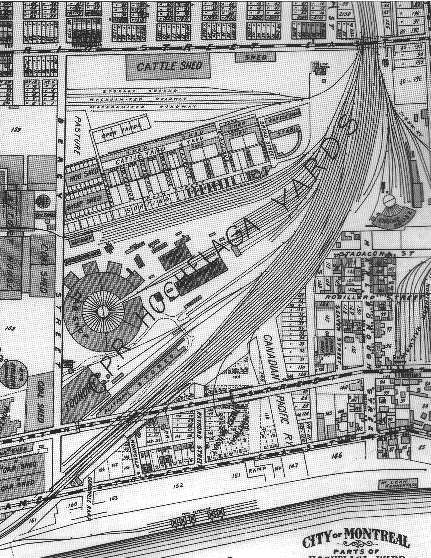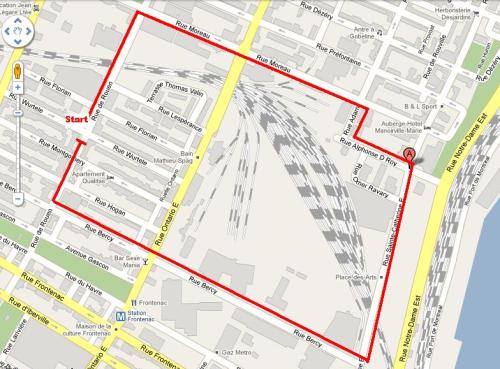Just to make it official, I am writing this small article to state that this blog has come to an end. I kept it alive hoping that I would do something with it but I think my interest has shifted. I created this blog to uncover my neighbourhood’s name and “heart” and I feel like I’ve done that on the basic level I was looking for. As for my history research, I never quite had enough time to do any proper research with work and family life keeping me busy. Anyhow, I’ll keep the posts up nonetheless in case anybody ever wonders about our neighbourhood and wants some information to get them started. I am very grateful for all the people I’ve met because of this blog and the community doors this has opened. It makes me realise I need to do something completely new once again. Godspeed.
The Author’s Twitter @eylapointe
Tweets de eylapointe-
Rejoignez les 4 autres abonnés
Articles par catégories
-
Articles récents
Blogroll: Montréal
Le quartier Centre-Sud / Sainte Marie
Varia et amis


